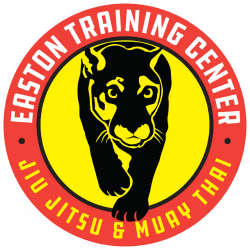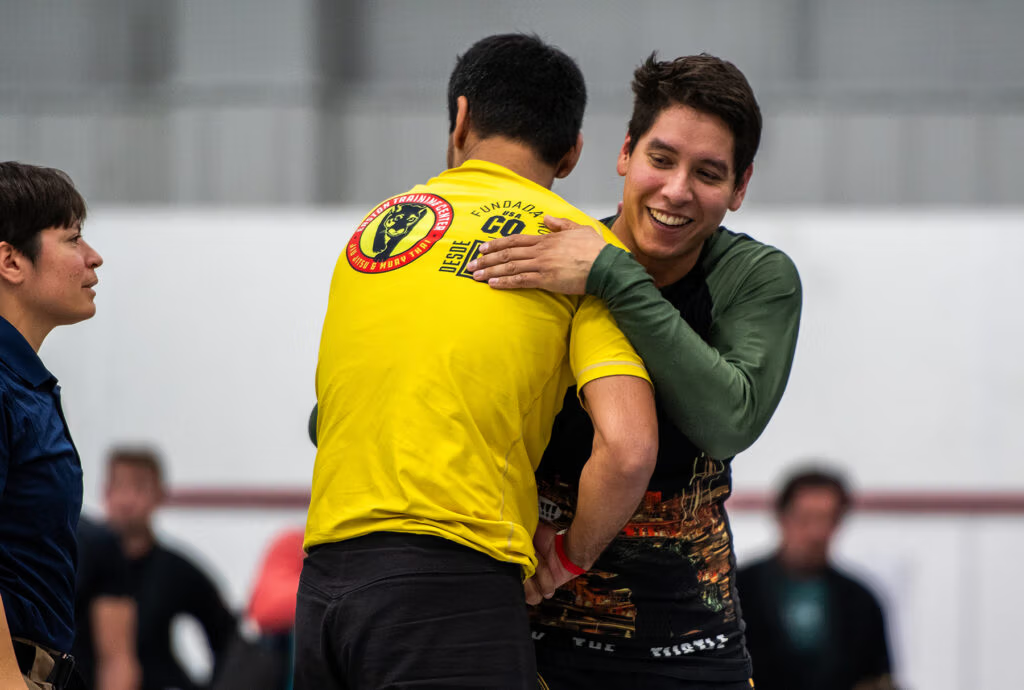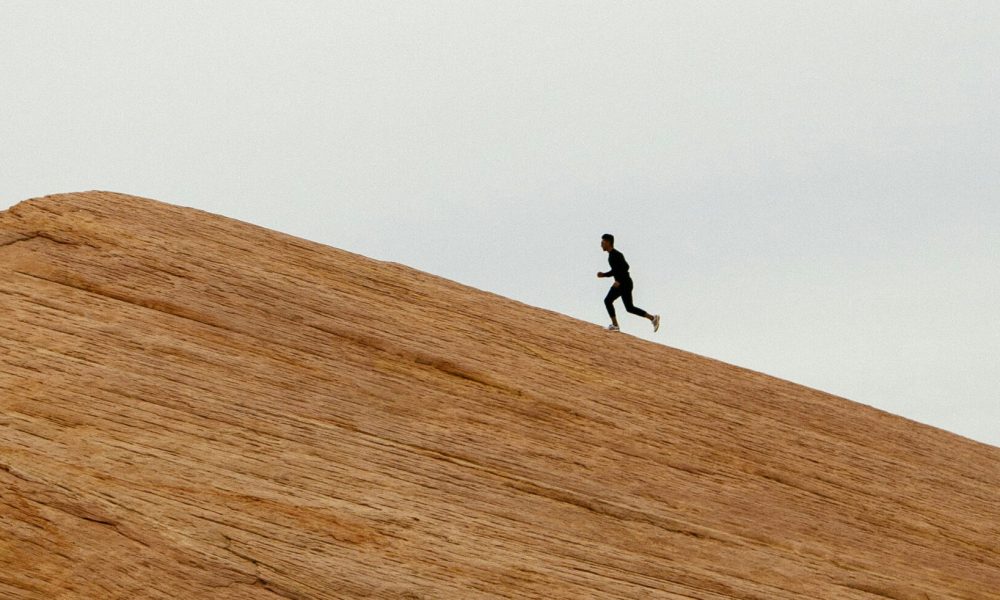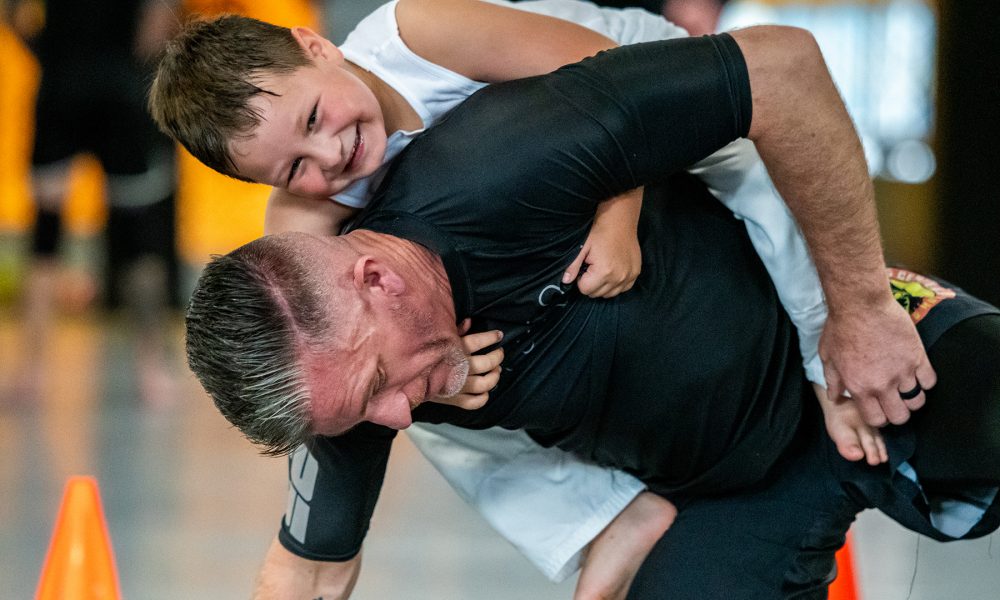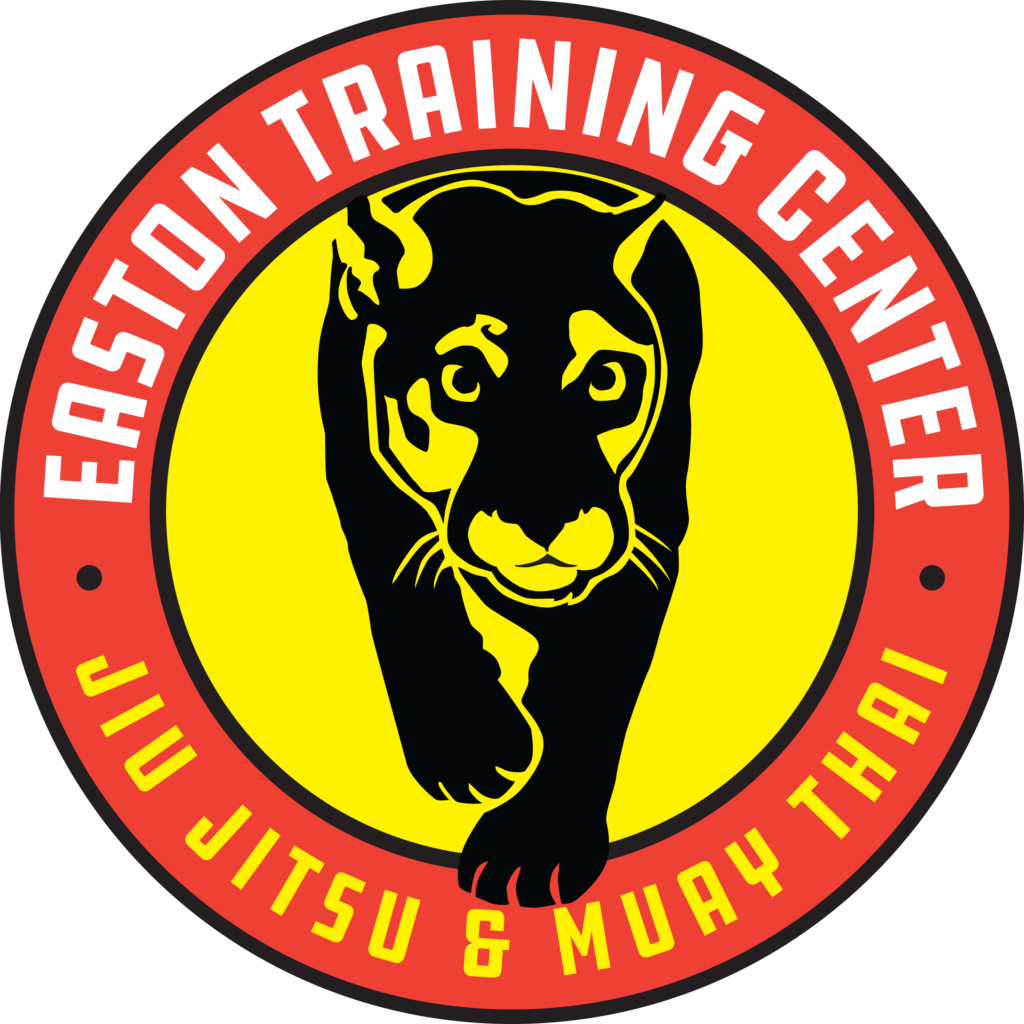It’s easy to get carried away with a training obsession. When we add something new to our athletic repertoire, we need to make sure we’re creating time to help our body adjust.
This doesn’t mean just initially; this means infinitely.
Unless we have three hours a day to devote to working out, we have to remain vigilant when it comes to breaking up our workout routines, creating time for a combination of work and recovery. We always need both.
One cannot replace the other – or else we’re all rock with no mobility, or all stretch with no strength. If we don’t look mindfully after our bodies, we risk becoming disconnected from them and sustaining an injury.
If our body gets used to long, sustained movements filled with stillness, like in yoga, and then suddenly it’s in a clenched state entangled with (and strangling) another’s body, or into a state of repeated compression and explosion punching and getting punched, our muscles will notice.
People who train in combat sports have to develop ways to keep themselves coming back. They know that recovery makes up a vital part of successful training, and they create specific regiments to help maintain their physical and overall health. These tricks help keep them training for years to come.
Let’s look at some popular recovery methods in the athletic training world!
Stretching
Let us not underestimate the power of stretching. It relieves pain, improves flexibility and mobility and decreases the risk of injury. It also increases blood flow, boosts oxygen levels and helps to deliver nutrients to our muscles.
In the video above, Matthew J. Smith, Easton Blue Belt and owner of Revo Physiotherapy and Sports Performance, a Boulder-based physical therapy clinic, shares some tips for Jiu Jitsu and Muay Thai post-class stretches.
A good stretch can help decrease tension and loosen any tightness that may have built up and, of course, relax us. Three important times we should be stretching include: before/after training, on rest days, and before bed every night.
The athletic world has two kinds of stretching: static stretching and dynamic stretching.
Static stretching often comes to mind first when we imagine stretching – the act of holding a pose. The dancer holds a beautiful, sustained shape; we find slow, delicious movement in Yin Yoga.
This sort of stretching introduces elasticity into our muscles, so while it makes for a good cool down post workout or at night before bed, most trainers will not recommend it before an activity that requires muscles to move explosively, or “fire.” Static stretching before an explosive activity like Jiu Jitsu or Muay Thai can also lead to injury, as muscles aren’t meant to begin stretching from a cold state.
On the other hand, static stretching after training while our body is still warm helps us get even more benefit out of it, since we’ve already increased circulation to those muscles and joints during our workout.
Dynamic stretching represents a form of stretching that incorporates movement. Walking toe-touches, egg rolls with your chin and knees tucked, and leg swings against a wall all constitute dynamic stretching. These movements create openness in a more gentle way through repetition, allowing you to wake up your muscles and expand flexibility in a charged and useful way.
Rest days provide an opportunity to try out stretches and mobility exercises that we may otherwise not find the time to do. The article 4 Stretches To Try On Your Rest Day details how we can open up our hips, glutes, spine and upper body.
Sauna
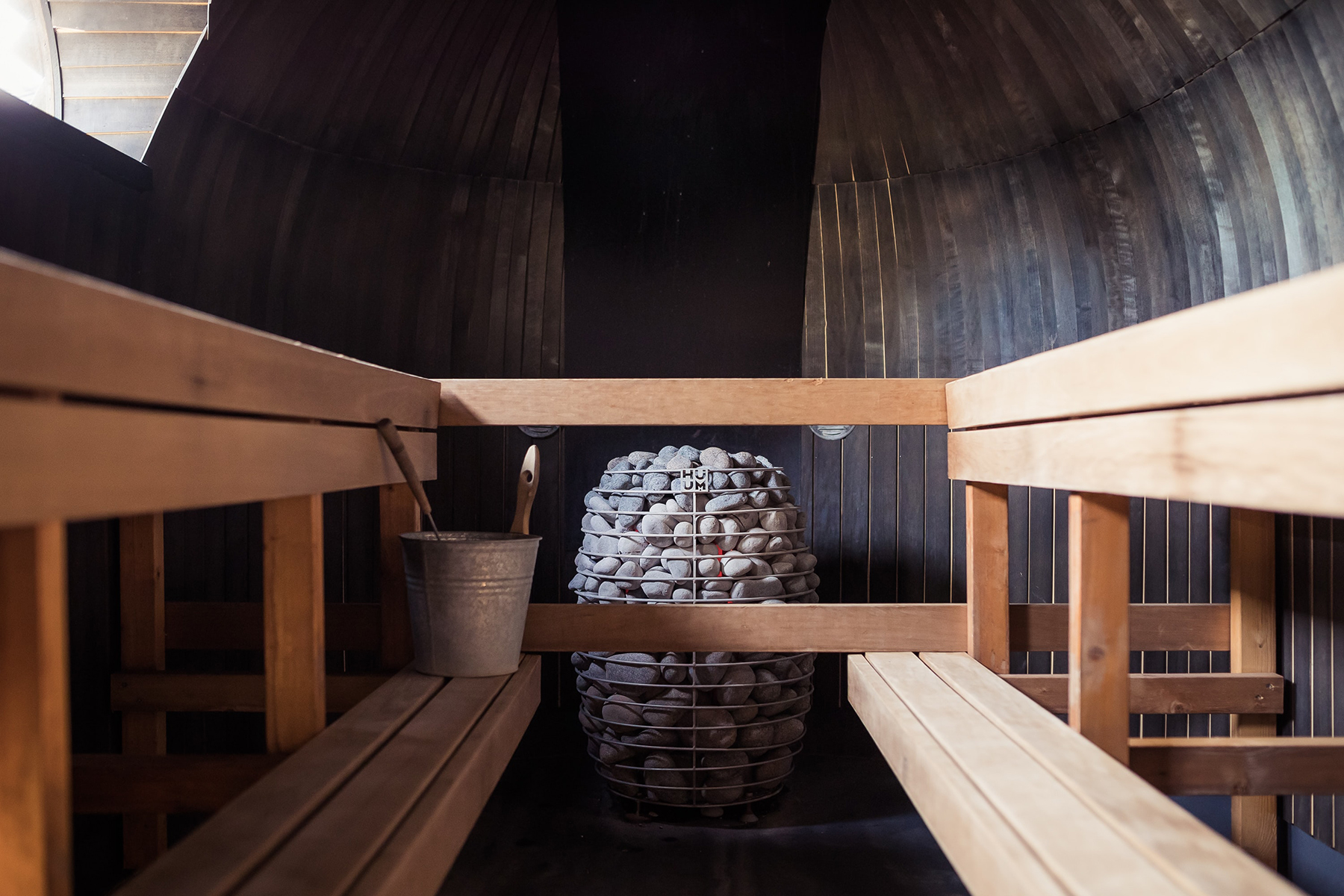
If stretching warms up muscles and prevents injury, Saunas are like supersonic power machines for your body. These heated rooms, typically set between 150-170 degrees Fahrenheit, enhance muscle recovery by increasing blood circulation, carrying oxygen-rich blood to our oxygen-depleted muscles.
We usually know saunas as unpainted, wooden rooms with rocks that give off heat and create steam. In the late 1970s, infrared saunas joined the scene, heating the body with light as opposed to radiant heat from a stove. Both facilitate a wealth of amazing health benefits, such as detoxification, increased metabolism, improved cardiovascular and immune function, and pain reduction. Saunas have also been associated with reduced risk of cardiac, all-cause mortality.
Benefits also include skin rejuvenation, improved sleep and stress management. Not to mention, since ancient times, sauna bathing has been associated with anti-aging due to the exposure to heat stress, a form of stress that has a positive impact on longevity. Sign us up!
Cold Shower

On the flip side, regularly exposing ourselves to harsh cold and shocking the body has as much benefit for us as sweating it out in a sauna. Cold showers help improve circulation, lower stress levels and reduce inflammation. (Hot showers can improve cardiovascular health and sleep, and soothe stiff joints.) You can start off with a warm shower and then switch the water to cold for a brief period of time, anywhere from 30 seconds to a minute or two.
Scientists have shown that the cold boosts our immune system and causes our bodies to metabolize fat and fire up our metabolism. Cold showers have also been studied as a potential treatment for depression.
Cold water therapy such as the Wim Hof method helps us take the icy recovery to the next level by plunging into a tub of ice and focusing on breathwork.
[Getting Cold Is Hot Right Now]
Yoga
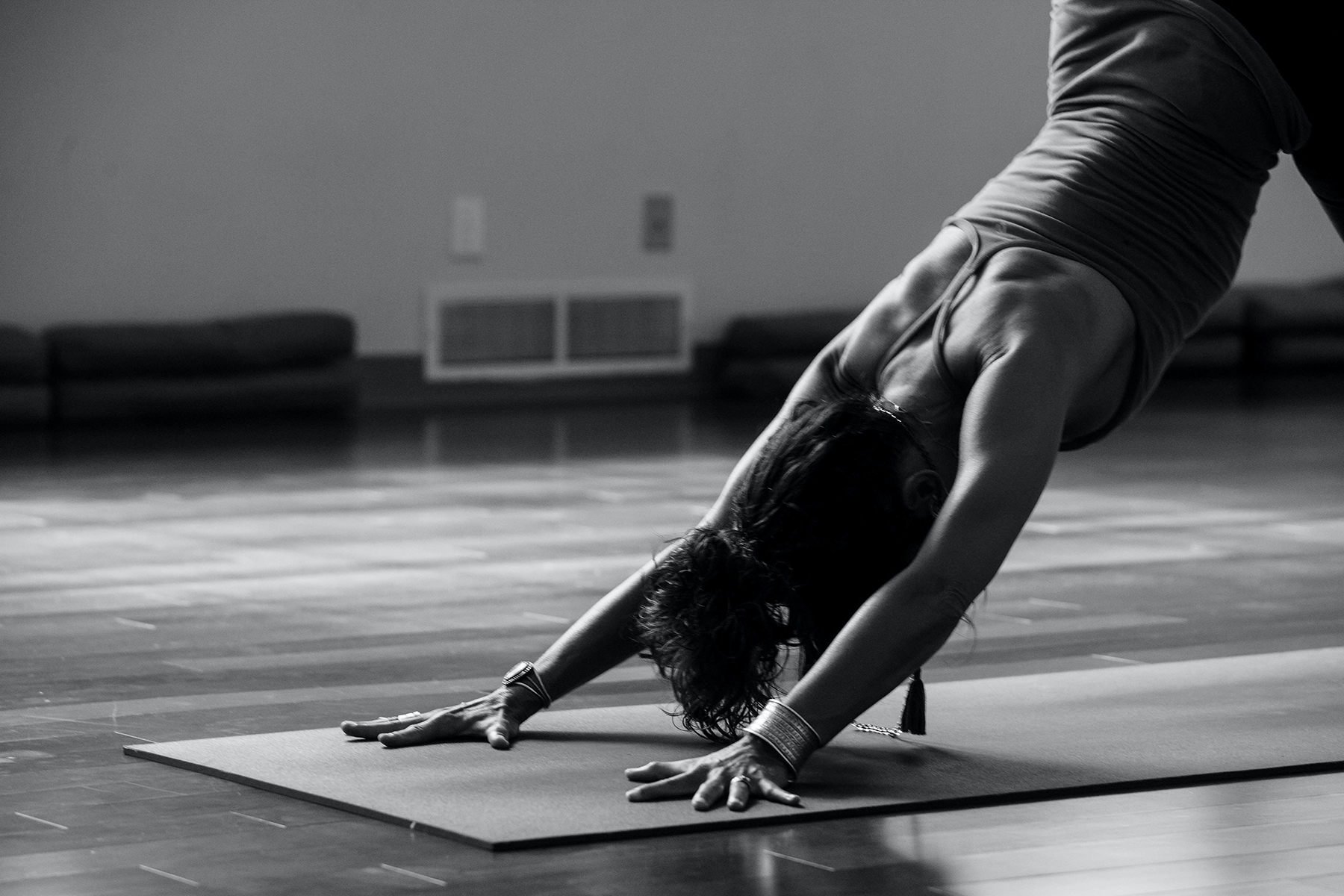
For anybody constantly putting their body through the ringer, yoga is a must. It forces us to slow down and spend time with and in our bodies, outside of the usual adrenaline-pumped space of the gym. Yoga allows us to relax and turn inward, which in turn helps alleviate stress and restores our energy levels.
Yin yoga and hot yoga specifically make great recovery tools, and they reflect the cold/hot approach of saunas and cold baths. Yin Yoga focuses on the deep connective tissue through a slow cooling process, whereas hot yoga can help you burn calories, build bone density and boost your cardiovascular fitness. In many ways, hot yoga is a blend of both the stretching and sauna recovery techniques!
Dry Needle Work

Perhaps a lesser known form of fitness recovery, dry needling may often get combined with a broader physical therapy approach. Dry needling helps reduce pain, inactivate trigger points and restore function through the treatment of muscle tissue. By inserting an acupuncture-like needle into trigger points, we can relax the muscles, boost blood flow, reduce inflammation and prompt a healing response.
Whereas acupuncture is based on ancient Chinese medicine and uses needles to activate points along meridian lines that represent the body’s organs, dry needling focuses on using strong stimulation on the muscles to get them to release. Based on human anatomy, dry needling helps as a completely natural treatment for chronic and acute pain.
Massage
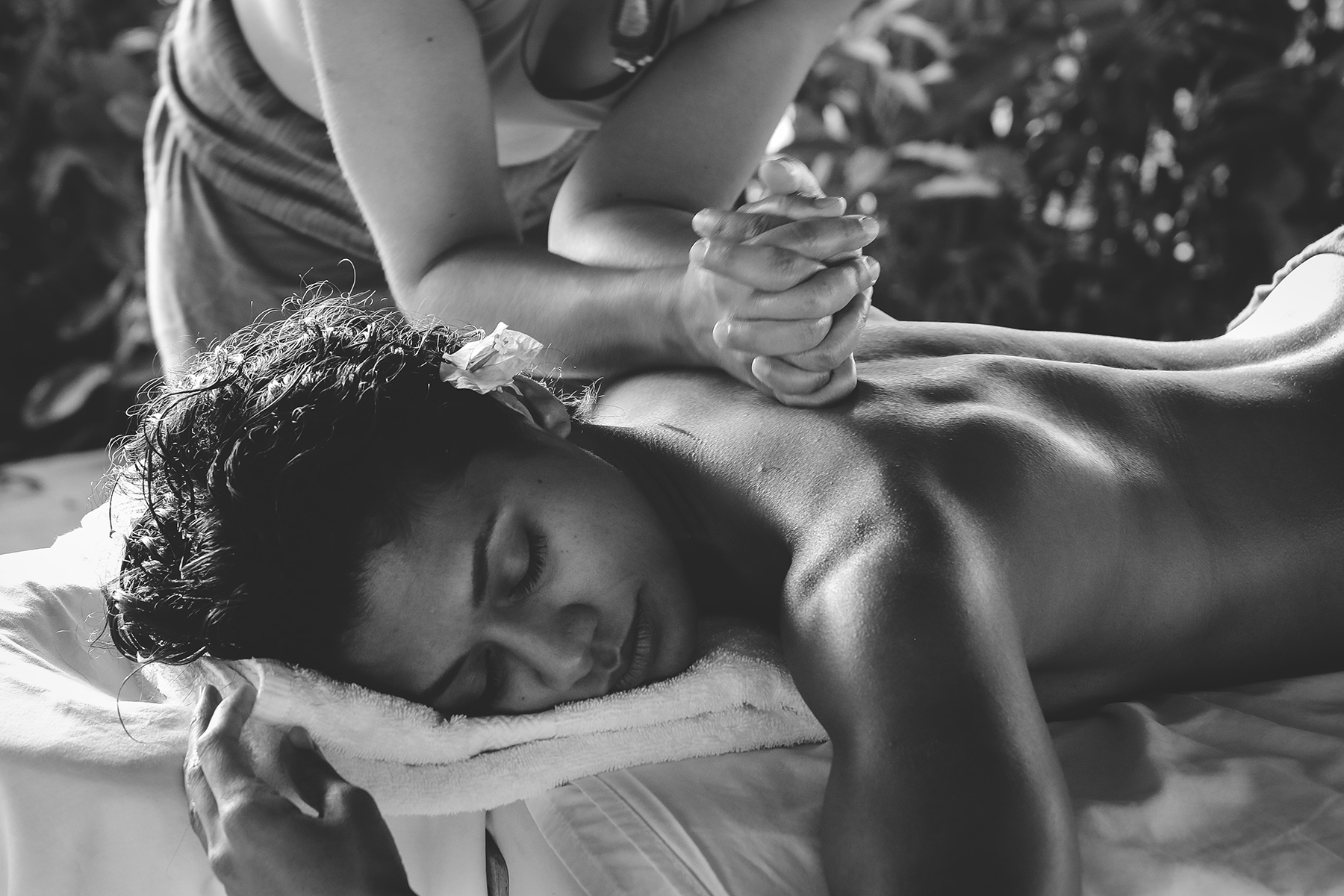
We all know a massage helps reduce pain and muscle soreness and alleviates tension. Getting all those cells activated through touch increases blood and lymph circulation, and it even improves our energy and alertness.
Massage also aids with the relaxation and normalization of the soft tissue (muscle, connective tissue, tendons, ligaments) which helps release nerves, and the relaxation also helps to lower our heart rates and blood pressure.
If you can’t afford the time or service of a massage therapist, an at-home massage tool like a Theragun can do wonders!

